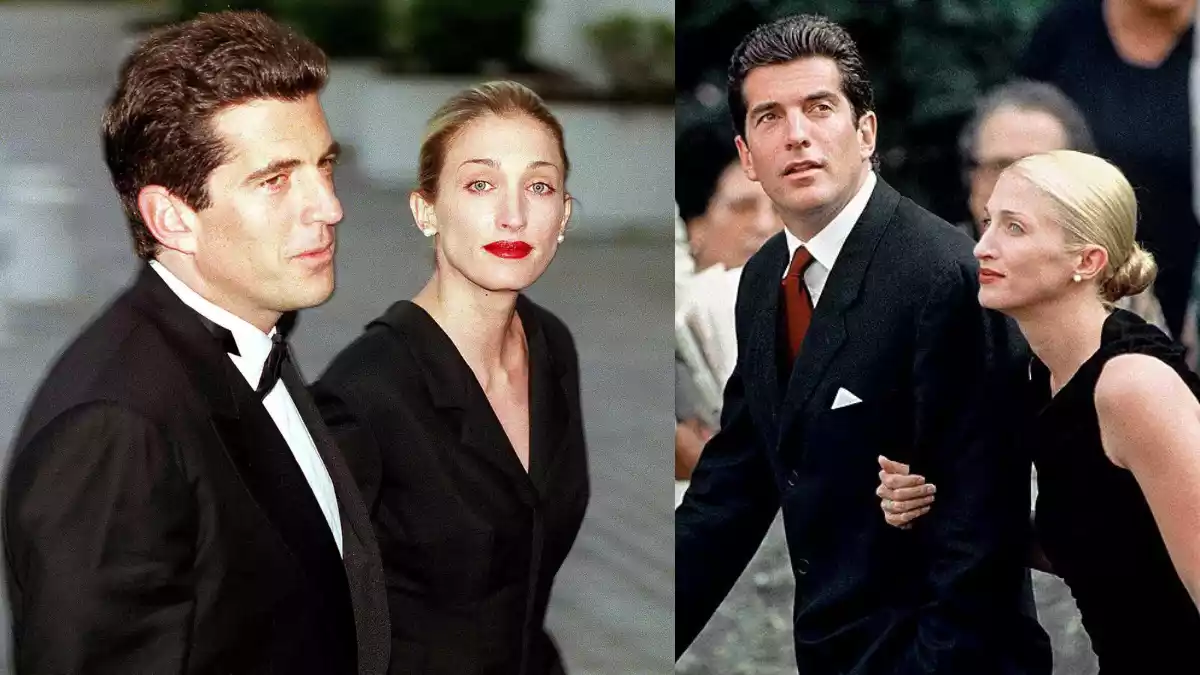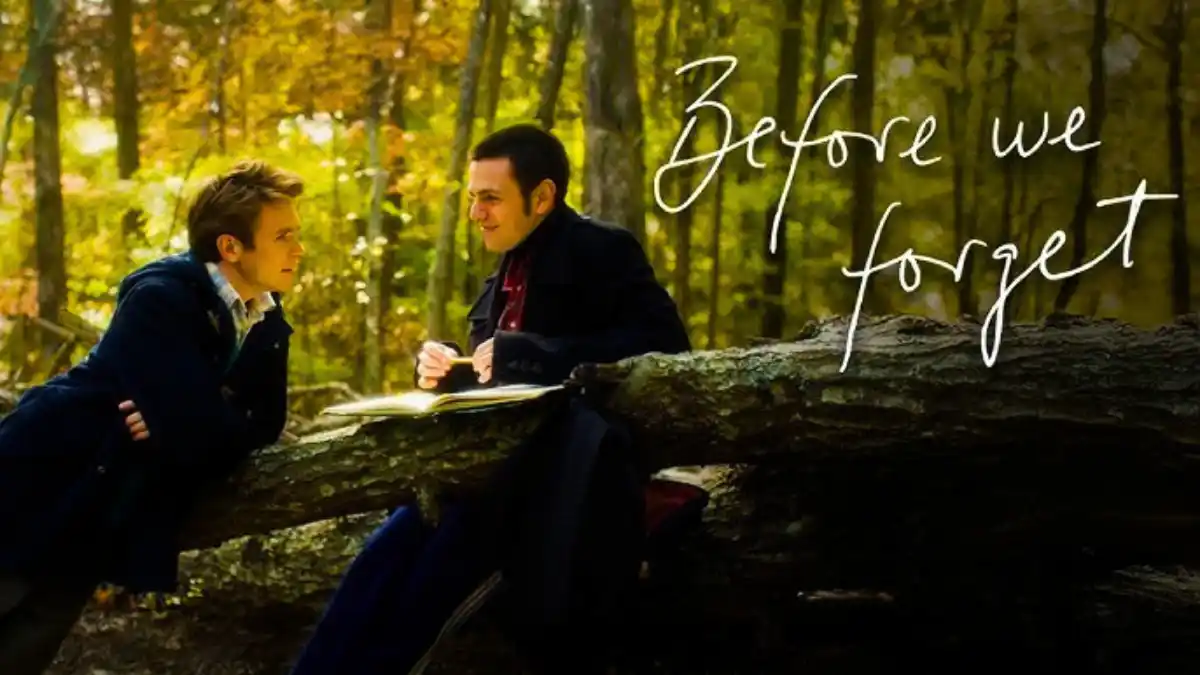French-Spanish filmmaker Oliver Laxe returns to the Cannes Film Festival this year with his highly anticipated film, Sirat. Set against the stark beauty of the Moroccan desert, this techno-fueled, visually arresting drama explores a mythical journey that pushes its characters to their absolute limits. Following his earlier successes, including You Are All Captains, Mimosas, and Fire Will Come, Laxe’s latest film is his most contemporary and accessible yet, blending the best elements of arthouse cinema with a more mainstream, spiritual narrative.
What Does ‘Sirat’ Mean? A Journey of Transformation
The title Sirat refers to the Arabic concept of a “bridge” between the physical world and paradise, crossing the chasm of hell. For Laxe, however, the title holds an even deeper meaning. In a recent interview, he shared that Sirat translates more colloquially to “path” or “way”—evoking the image of a journey or rite of passage.
This aligns with the film’s central theme: a hero’s journey toward self-awareness and transformation. Drawing on the metaphysical and physical layers of storytelling, Sirat connects with various traditions of mythology and spirituality, from the Grail legends to tales from India and Persia.
Blending Arthouse and Popular Cinema in Sirat
Laxe’s ambition with Sirat was clear: he wanted to create a film that is accessible to a younger audience while maintaining a deep, spiritual undercurrent. In the interview, Laxe expressed his goal to bridge the gap between arthouse cinema and something that resonates with contemporary society. While his work has been influenced by legendary filmmakers such as Robert Bresson and Andrei Tarkovsky, Laxe also draws inspiration from 1970s American cinema, which famously intertwined themes of violence, spirituality, and counterculture.

The film’s narrative combines popular aesthetics and familiar archetypes, drawing comparisons to blockbuster films like Dune and Mad Max. However, Sirat sets itself apart by presenting these elements through a more introspective lens. Laxe describes it as a “down-to-earth” version of Mad Max, using the mythic qualities of the desert and futuristic landscapes to explore themes of transcendence, spiritual longing, and pre-apocalyptic anticipation.
The Desert as a Spiritual and Physical Landscape
A key element of Sirat is its portrayal of the Moroccan desert, which becomes a character in its own right. The harsh, sprawling environment plays a vital role in shaping the narrative, not only as a physical challenge for the characters but also as a symbol of the inner struggles they face. The spiritual aspect of the desert journey is enhanced by the film’s sound design, which moves from tribal, grounding beats to ambient sounds that reflect the characters’ emotional journey.
Laxe worked closely with sound designer David Letellier (also known as Kangding Ray) to craft a score that resonates with both rave culture and esoteric, ambient music. The resulting soundtrack helps emphasize the characters’ confrontation with not just the desert, but also their inner landscapes, creating a sensory experience that complements the film’s visual themes.
The Spiritual Nature of the Rave Scenes
One of the most striking aspects of Sirat is its portrayal of rave culture, which Laxe explains goes beyond the typical party scene. He describes it as tapping into the roots of the free party movement, showcasing a group of people who are not interested in posing or commercialism.

Instead, the rave scenes become a form of spiritual communion—where participants embrace their imperfections and scars. This deeper, more authentic approach to the rave culture sets Sirat apart from other films that might portray such events purely as entertainment.
Casting and Authenticity: Embracing Imperfection
The film’s casting is another aspect that sets it apart. Laxe deliberately chose actors who had lived through difficult experiences, ensuring that the portrayals felt authentic. Some of the actors even have visible disabilities, but Laxe was careful to avoid exploitation, choosing them not to highlight their “wounds” but because of their strength and presence. The vulnerability and strength they bring to the screen add an important layer of honesty to the film.
Filming in Harsh Conditions: A Brutal Shoot
Filming in the desert presented its own set of challenges. Laxe and his crew worked in Morocco during the summer months, enduring sandstorms and extreme heat, conditions that took a toll on both the equipment and the cast. Despite these difficulties, Laxe believes the struggles on set contributed to the film’s raw emotional texture, making the final product even more powerful.
A Collaborative Effort: Movistar+ and Artistic Freedom
For the first time, Laxe received support from Movistar+, Spain’s public television network. He credited this partnership for giving him the artistic freedom to fully express his vision.

He described the support as exceptional, offering not just financial backing, but also the kind of nurturing environment that encouraged bold, creative decisions. Laxe emphasized the importance of institutional support for filmmakers who want to push boundaries, which was evident in his work on Sirat.
Conclusion: A Modern Epic of Transcendence
With Sirat, Oliver Laxe has crafted a film that combines the grandeur of mythic storytelling with the contemporary energy of rave culture and a spiritual quest. The movie is a daring exploration of the human condition, set against one of the most unforgiving landscapes on Earth—the desert. With its deep philosophical underpinnings, captivating visuals, and spiritual themes, Sirat is poised to be one of the standout films of this year’s Cannes Film Festival.
What do you think of Sirat‘s spiritual journey through the desert? Share your thoughts in the comments below, and stay tuned for more insights into Cannes-highlighted films! Thanks for reading! For more updates and insights, visit us at newsbaazi.com. Stay tuned for more!
FAQs:
What is the meaning of the title “Sirat” in the movie?
The title “Sirat” refers to the Arabic term for a bridge between the physical world and paradise, symbolizing the characters’ journey through a metaphorical and physical desert.
How does “Sirat” blend arthouse and mainstream cinema?
Oliver Laxe intentionally combines arthouse cinema with popular aesthetics, appealing to both a younger audience and those seeking spiritual, introspective themes.
What makes the desert setting in “Sirat” so important?
The desert serves as both a physical and spiritual landscape, challenging the characters while representing their inner turmoil and transformation.
What is unique about the rave scenes in “Sirat”?
The rave scenes in Sirat are not about commercialism or escapism; instead, they represent a spiritual communion, where participants embrace their scars and imperfections.
What challenges did Oliver Laxe face while filming “Sirat”?
The shoot in the Moroccan desert was grueling, with extreme heat and sandstorms, but Laxe believes these difficulties contributed to the film’s raw, emotional power.












